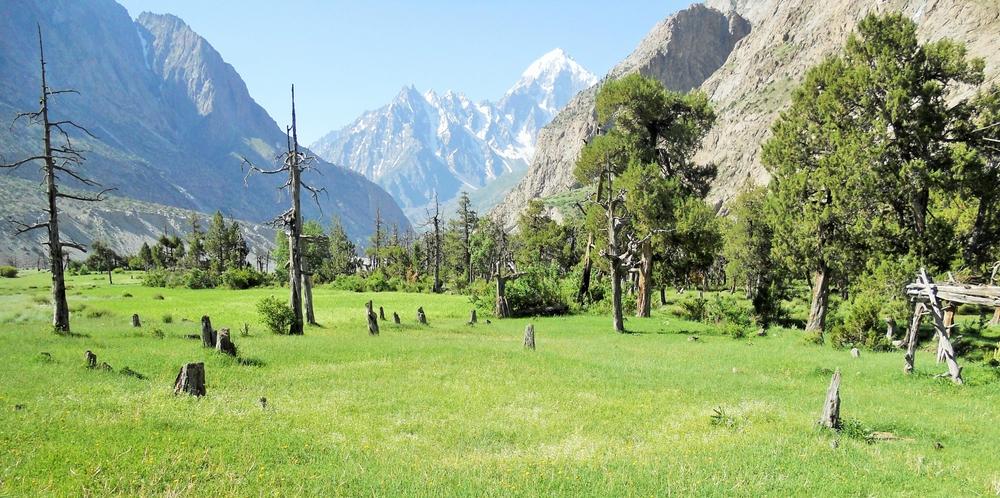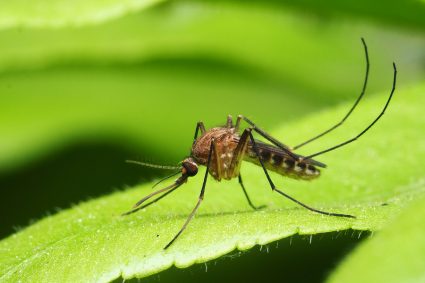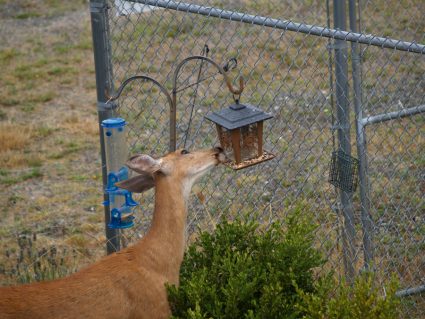
Coyotes are highly adaptable animals that have demonstrated an impressive ability to survive in a wide range of environments. From the unforgiving desert landscapes of the Southwest to the bustling urban centers of Chicago or New York, coyotes have shown that they can thrive almost anywhere. This article delves into the various habitats of coyotes, their adaptability, and their impact on the ecosystems they inhabit.
Coyotes live across North America, from Alaska to Central America, inhabiting a variety of environments including open prairies, deserts, forests, grasslands, swamps, woodlands, and even urban areas. They have shown remarkable adaptability, thriving in both rural and urban environments due to their physical, behavioral, and social adaptations. Their range continues to expand due to factors such as the decline of larger predators, environmental changes, and human activities.
Primary Habitats of Coyotes
Coyotes are found across North America, from Alaska to Central America. They inhabit various environments, including:
- Open prairies and deserts
- Forests
- Grasslands
- Swamps
- Woodlands
- Sagebrush-steppe
- Oak savannahs
- Subalpine forests
- Alpine meadows
- Temperate rainforests
They’ve even adapted to live in suburban neighborhoods and large urban parks, demonstrating their remarkable adaptability and tolerance for human activities.
The Coyote’s Expansion
Coyotes have significantly expanded their range since the 1700s, now found across North America and in an increasing number of U.S. cities. This expansion can be attributed to several factors:
- The decline of larger predators, such as wolves and cougars, has opened up new territories for coyotes.
- Coyotes are highly adaptable creatures, capable of living in various environments.
- Environmental changes, such as the transformation of forest landscapes into agricultural flatlands, have created suitable habitats for coyotes.
- The expansion of human settlements and the removal of apex predators from certain areas have allowed coyotes to move into new territories.
As a result of these factors, coyotes have expanded their geographic range by an estimated 40% since the 1950s. Their range continues to expand today, with coyotes potentially moving into territories where they’ve never been before, like South America.
Human Influence on Coyote Habitats
Human activities have significantly influenced the living spaces of coyotes. Urbanization has led to changes in coyote behavior and habitat use. In suburban landscapes, coyotes have responded positively by requiring less space, while in highly urbanized landscapes, they’ve responded negatively by needing more space and spending more time not moving. However, coyotes have proven to be adaptable when humans encroach on their territories, learning to coexist with humans in urban or suburban areas.
Adaptability of Coyotes
Coyotes are highly adaptable animals that can survive in various environments due to their physical, behavioral, and social adaptations. Some key adaptations include a thick coat of fur, keen senses, speed, hunting strategies, habitat flexibility, diet flexibility, and social cohesion. They have also adapted well to urban environments, choosing to be active at night to avoid humans.
The Impact of Coyotes on Ecosystems
Coyotes play a significant role in the ecosystems they inhabit. They help control the number of mesocarnivores, keep rodent and lagomorph populations in check, consume carrion, positively impact bird populations, and help control deer populations. However, in urban areas, they can also scavenge from trash bins, eat pet food left outside, or prey on small domestic animals, leading to potential conflicts with humans.
Urban vs. Rural Coyotes
Urban and rural coyotes exhibit notable differences in their behavior, habitat preferences, and genetics due to the distinct environments they inhabit. Urban coyotes tend to have smaller territories and are more nocturnal, while rural coyotes live in a variety of natural habitats and have larger territories.
In conclusion, coyotes have proven to be highly adaptable creatures, capable of surviving in a wide range of environments. Their ability to thrive in both rural and urban settings highlights their resilience and adaptability. Regardless of where they live, coyotes play a crucial role in maintaining the balance and health of the ecosystems they inhabit.
Frequently Asked Questions
What do coyotes eat?
Coyotes have a varied diet which makes them omnivores. They eat small mammals like rabbits and rodents, but they also consume birds, snakes, insects, and even deer. They are known to eat fruits, vegetables, and human trash when available.
How do coyotes communicate?
Coyotes communicate through a combination of vocalizations, body language, and scent marking. They are known for their distinctive howl, which can communicate their location to other coyotes. They also use yips, barks, and growls to express a range of emotions and intentions.
How long do coyotes live?
In the wild, coyotes typically live between 10-14 years, though many perish at a younger age due to disease, hunting, or human activity. In captivity, coyotes have been known to live up to 20 years.
Do coyotes pose a threat to humans?
While coyotes are generally not a threat to humans, there have been instances where they have attacked humans, especially small children. Most often, these attacks are a result of the coyote being habituated to humans or being fed by humans. However, such instances are relatively rare.
What is the average size of a coyote?
Coyotes typically weigh between 20-50 pounds and stand about 1.5-2 feet tall at the shoulder. They are about 4-5 feet long from nose to tail tip. The size of a coyote can vary depending on its geographic location and the availability of food resources.











